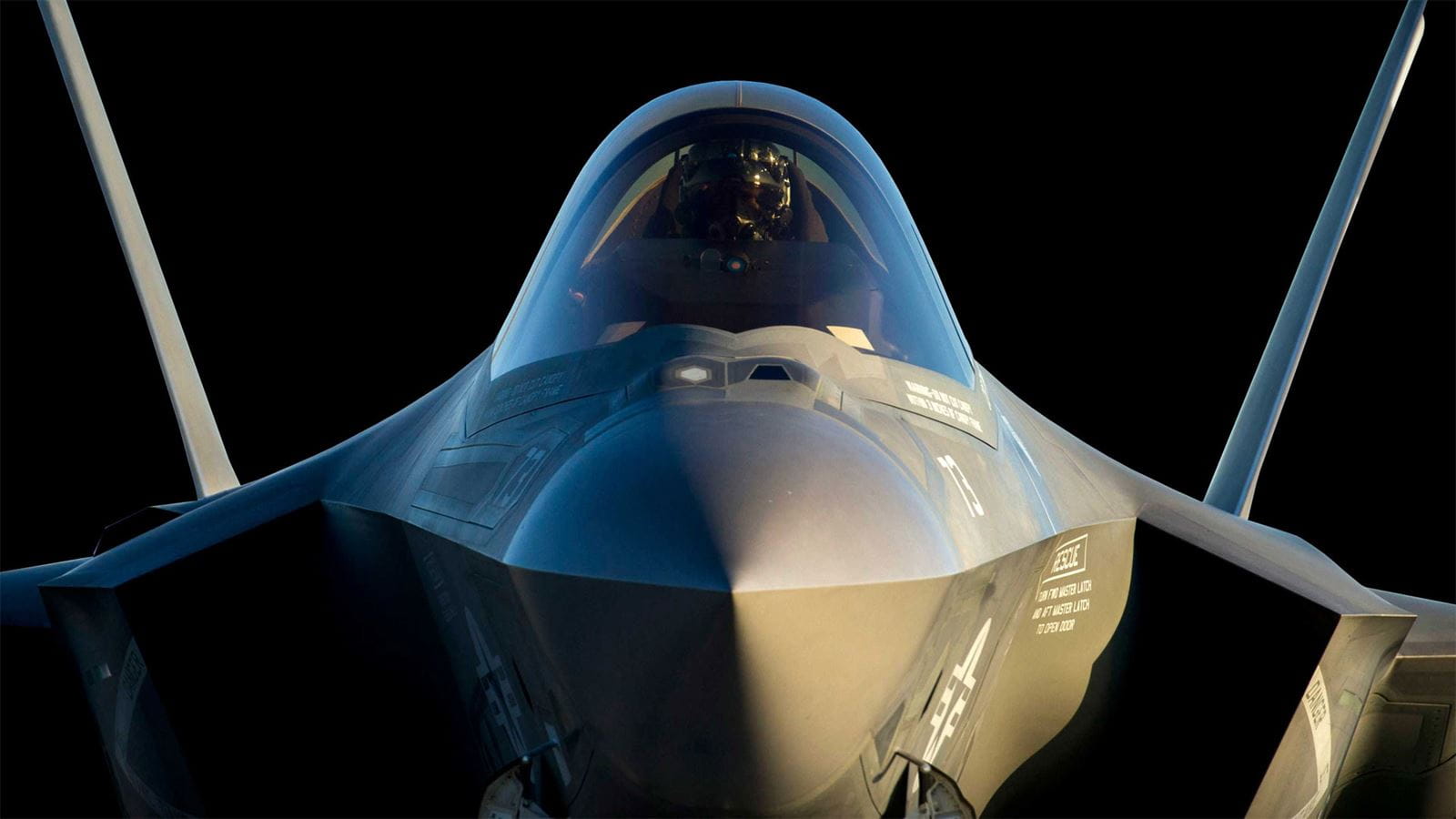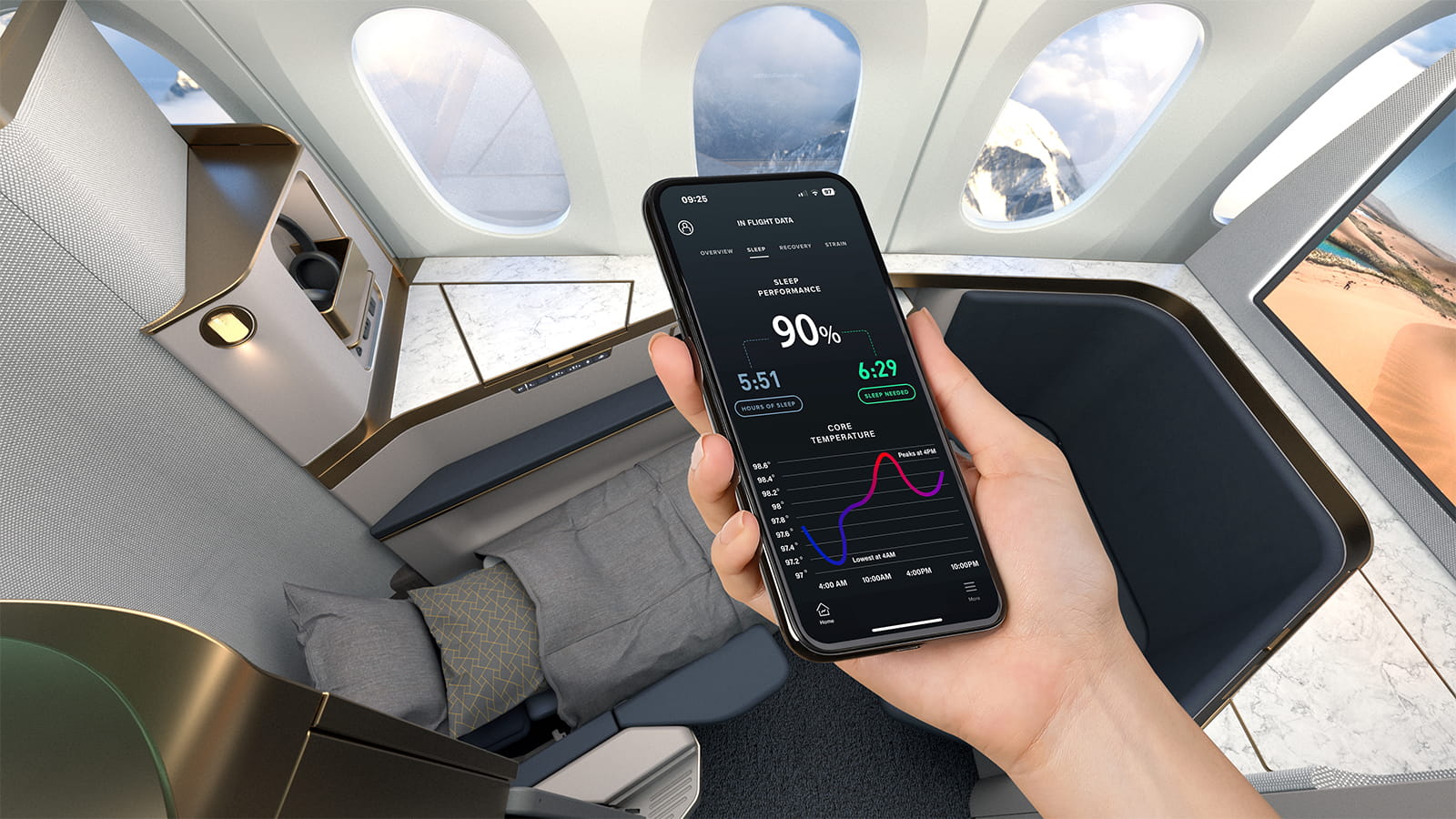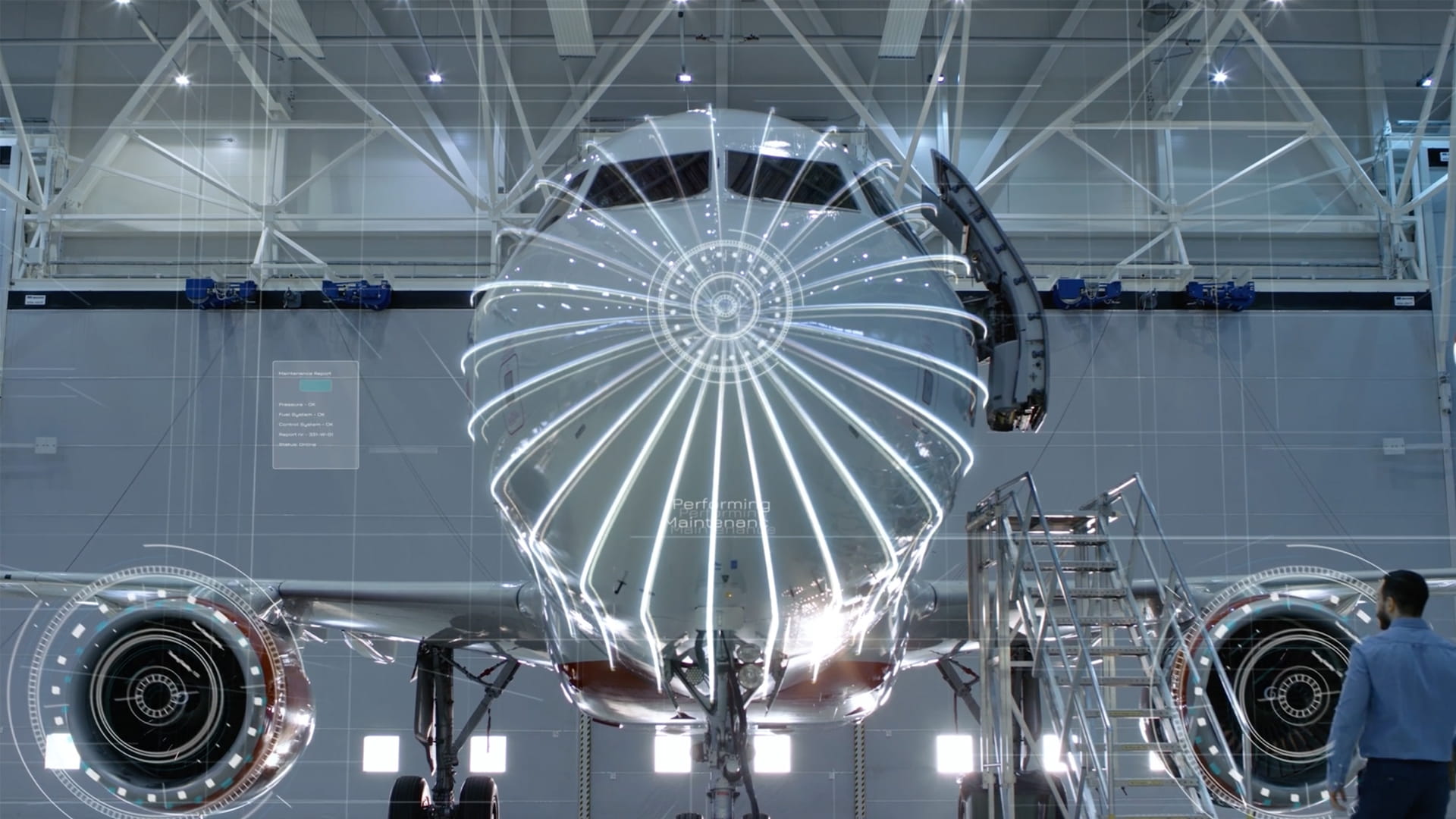Making sense of Unexplained Physiological Events
A military pilot grabs the controls of a high-tech, multimillion dollar fighter jet and takes off. Years of training have led to this. But something feels wrong, and it’s not just nerves. Numbness. Light-headedness. Breathing abnormalities.
The military calls these Unexplained Physiological Events (UPEs), and they’ve been happening to U.S. Air Force and U.S. Navy pilots on several aircraft over the past decade.
How UPEs manifest is unpredictable: Blood flow, oxygen or fatigue-based symptoms connected to a range of possible conditions, such as hypoxia (oxygen deficiency to the brain), hypocapnia (reduced carbon dioxide in the blood), hypercapnia (elevated carbon dioxide in the blood) or G-LOC (gravity induced loss of consciousness). Any of these can leave a pilot feeling disoriented or even incapacitated.
To better understand the problem – and to prevent loss of life and loss of aircraft – the Air Force Research Lab recently contracted with Ball Aerospace. Collins Aerospace is part of the Ball Aerospace team that will be working to develop new capabilities for identifying the root causes of UPEs and to determine what can be done to avoid their potentially devastating effects.
“Specifically, Collins Aerospace is helping develop, prototype and demonstrate an integrated sensor suite capability for effective cockpit sensing, including pilot physiology and the cockpit environment,” said Dave Schreck, vice president and general manager, Military Avionics and Helicopters for Collins Aerospace. “Ultimately, this new capability should help create a safer flight deck environment that will save lives and aircraft.”
As part of this project, Collins Aerospace will bring its expertise across multiple program areas, including:
- multisensory/multi-modal human-machine interface technologies
- cognitive decision aiding
- injury modeling
- helmet-mounted display systems
- cognitive state assessment techniques
- detection and prediction of physiological episodes
“We’re in a unique position to address the military’s needs given our extensive suite of products that enhance an operator’s situational awareness, including head-down displays, head-worn devices and pilot safety technology,” Schreck said. “As part of this initiative, we plan to tie multiple sensors together – including cockpit, helmet and body sensors – to provide a complete picture of how pilots are performing from a physiological perspective when they experience a UPE.”
Collins Aerospace is focused on maturing existing sensor technologies through integration, validation and demonstration, while performing investigative studies and research to discover new sensor technologies for inclusion in future evolutions of cockpit-sensing systems.
“Our work with Ball Aerospace will better enable us to get real-time pilot safety technology into the hands of the warfighter as quickly as possible,” Schreck said.




